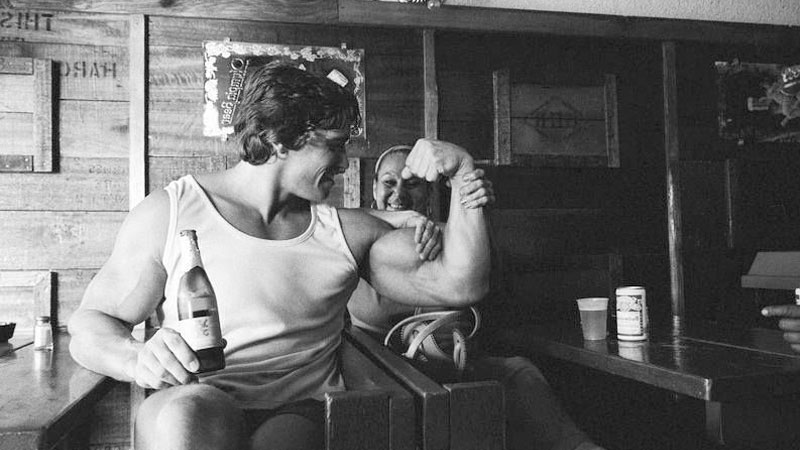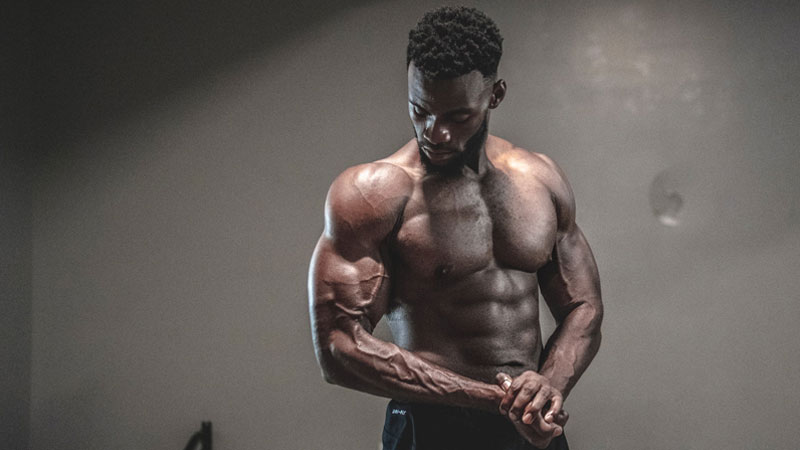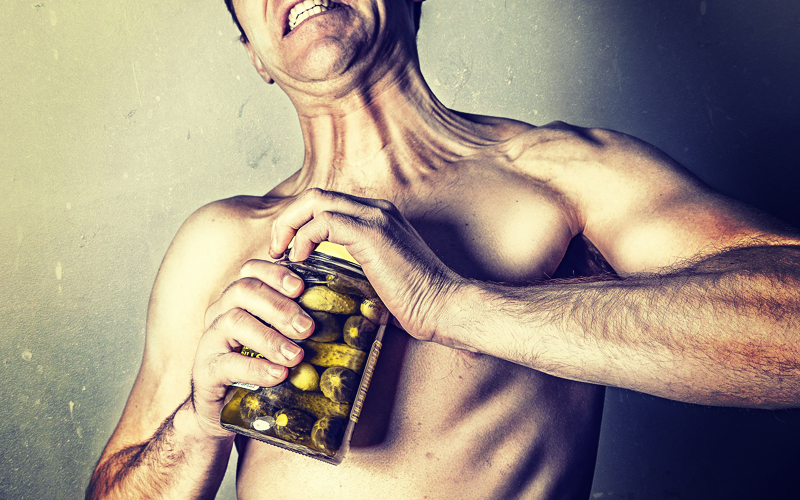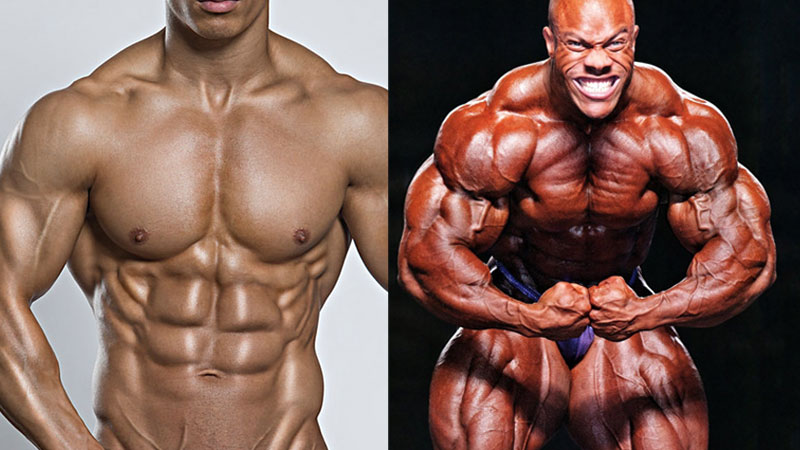
As a natural anabolic hormone, testosterone is one of the steroid hormones made in your body. But what’s the difference between testosterone and steroids? And what’s the safest way to optimize this powerful hormone?
Any bro worth his weightlifting chalk knows about making gains. It takes that special blend of exercise selection, clever programming, solid nutrition and a f*ck tonne of motivation and grind.
You wear your rewards like a badge of honor. Intimidating and humiliating in equal measure. You can make the bros stop dead in their tracks and the girls’ panties hit the floor with the click of a finger and the flex of an arm.
The anabolic process of muscle growth is driven by hormones and protein synthesis. Nail these two factors and before you know it you’re mixing it with the classics on the Olympia stage.
We’ve had a lot of bros asking about the difference between testosterone and steroids lately. So we thought we’d get all endocrinologist on your ass and break down all you need to know about the natural anabolic that is testosterone.
Grab your thick-rimmed glasses and your lab coat. Things are about to get bro nerd up in here…
What Is Testosterone?
Testosterone (T) is a hormone made naturally by the Leydig cells of your testes. It’s what makes you who your are – an unf*ckwithable dude who’s muscular, strong and assertive.
As an anabolic-androgenic hormone, testosterone is responsible for development of male sexual traits from puberty onward. It promotes, regulates and maintains masculine characteristics such as:
- Hair growth, voice deepening, changes to structure and physique
- Increased bone and muscle mass
- Sex drive, performance and libido
- Increases red blood cell production, stamina, endurance and energy production
- Elevates absolute strength
- Helps you maintain a lower level of fat mass
Okay, it was testosterone responsible for those ill-timed boners in high school, the pimples on your face and that weird voice thing, making your attempts at smooth talking the chicks sound like the shrieks of death eaters.
But you came out the other side good sir.
For adult men, a normal amount of total testosterone is 300-1,000 ng.dL.
How is testosterone produced?
Although the end product of testosterone comes from your testes, there’s actually a pretty complex system that regulates its production.
This is called the hypothalamic-pituitary-gonadal (HPG) axis and involves three specific parts of your body:
- Hypothalamus – known as the master gland and located in your brain
- Pituitary – a tiny gland located underneath the hypothalamus, also in the brain
- Gonads – just another name for your balls
This is how the HPG system works…
- Lets say that your T production falls below normal. This is picked up by the hypothalamus like an alarm bell that senses any changes to hormone concentrations in the body. The hypothalamus acts by producing a hormone called gonadotropin releasing hormone (GnRH) and fires it into the brain’s blood flow.
- GnRH is picked up by the pituitary gland which catches it like a pro baseball fielder. This is used as a trigger for the pituitary to spurt out its own hormone called luteinizing hormone (LH). This enters the general blood stream of the body.
- LH travels in your blood until it arrives at your testes. Puffing and panting from its long journey, LH passes the message from the hypothalamus that you’re low on T. And that’s when your testes make more.
- Once there’s enough testosterone in your blood, your hypothalamus turns down GnRH production and everything is back to normal.
The HPG is a ‘negative feedback loop’ system. This means all 3 parts communicate together to make sure your T levels are always within the normal and healthy range.
If T levels drop, the system kicks in. Once back to normal it phases out. It’s a bit like how a thermostat maintains a constant temperature.
Low testosterone levels – The HPG becomes less effective as you age
Although your HPG system is tighter than casting couch pussy. Its ability to run at full steam doesn’t last forever.
During your late teens and twenties, your testosterone levels are at their prime. Your hypothalamus works hard to maintain hormone levels and your testes are on fire (not literally hopefully).
During this time you’re strong, lean, muscular and have a libido that’ll literally stick your dick in anything with a pulse. Good man.
But as you hit the age of 30, both direct and indirect (from the hypothalamus) T production begin to slow down.
Men lose around 1-2% of their main male hormones each year from 30 onward.
Over time, this can lead to low testosterone – better known as hypogonadism. Around 40% of men aged 45 have low T. That number goes up to 50% at age 60.
Low testosterone symptoms include:
- Lack of energy, vigor and get-up-and-go
- Loss of muscle mass and strength
- Reduced stamina and endurance
- Non-existent libido and sex drive
- Development of man boobs and belly fat
- Higher risk of diabetes and heart disease
- Low mood, anxiety or depression
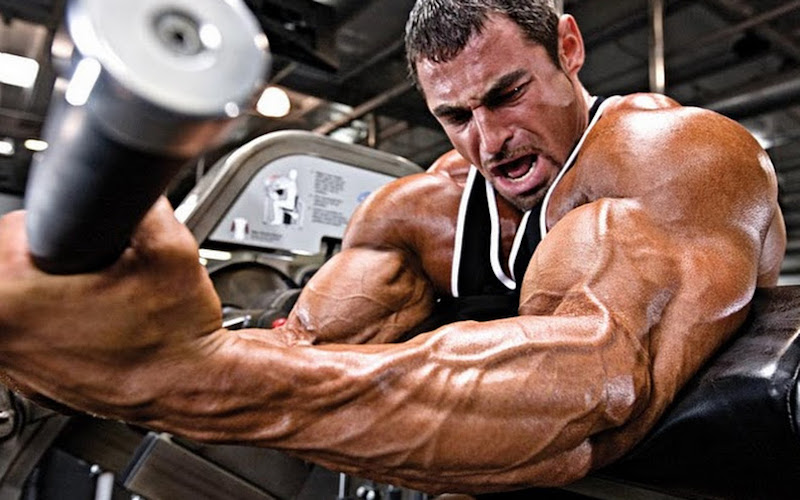
Is Testosterone A Steroid?
Yes… and no.
It’s a natural steroid hormone based on its biological classification.
All hormones can be classified by their individual chemical signature. The most common classifications of hormones are:
- Peptide – these are formed from the amino acids of protein and include hormones such as insulin, glucagon and growth hormone.
- Steroid – these are synthesized from cholesterol.
Testosterone is one of 5 steroid hormones made naturally by your body. The others are:
- Estrogens – men make estrogen through a process called aromatization. In males, a small amount of estrogen helps to maintain bone and heart health.
- Progestogens – a precursor to testosterone that is produced by the adrenal glands.
- Glucocorticoids – maintains glucose metabolism. Cortisol is a glucocorticoid hormone.
- Mineralocorticoids – a good example of this family of hormones is aldosterone which helps you balance sodium and regulates electrolyte excretion.
- Androgens – these are the masculinizing hormones such as testosterone.
What makes testosterone a steroid hormone?
Cholesterol is a lipid – a type of fatty substance that helps to form the outer membrane of cells.
Both testosterone and cholesterol belong to the steroid family because they both have a chemical structure that contains a ‘ring system’ of various molecules.
In other words, they are very similar chemically.
Look at the name too – they’re pretty similar. This gives you an indication of the similarities in structure…
TestoSTERone
CholeSTERol.
The only difference between cholesterol, testosterone and steroids is structure.
The steroidogenic pathway – a route for cholesterol to make testosterone
All steroid hormones originally come from cholesterol.
As a precursor, cholesterol has to be converted to pregnenolone (by an enzyme called cytochrome P450) and then other hormones such as androstenedione and progesterone before it finally makes testosterone.
It’s a long-winded and exhausting journey, Much like that time you had to go on 4 dates to finally nail that chick called Stacey on the back seat of your truck.
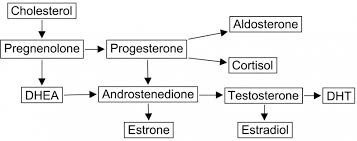
The Difference Between Testosterone and Steroids
When most people talk about steroids, they’re talking about exogenous testosterone – the stuff you pop or inject.
This is the same as testosterone, only it’s made synthetically in a lab and then put directly into your body. The difference between testosterone and steroids in this context is that one is natural and the other isn’t.
Testosterone is a type of steroid, we know that from the steroidogenic pathway discussed above. But in terms of steroids that you can get from your doctor or buy on the internet, testosterone is just one kind.
The difference between testosterone and steroids is a matter of context – testosterone is a steroid; steroids are a family of hormones formed from cholesterol.
Are steroids the same as testosterone?

There is a difference between testosterone and steroids, when you’re talking about actual anabolic steroid drugs.
In terms of true definition, testosterone is a hormone and ‘steroid’ refers to the classification of hormones (of which we know testosterone is one of them).
In the land of the bro though, steroid often refers to as Anabolic-androgenic steroids (AAS).
These drugs were originally designed to help men with low testosterone. They were given to younger men who’s naturally HPG system wasn’t working effectively, but also older dudes whos T production was failing due to age.
Over time though, they’ve become more and more popular with bodybuilders and athletes wanting to get that competitive (but illegal) edge.
Both increase strength and muscle mass. Both slash body fat and ramp up athleticism.
The main difference between testosterone and steroids is that the testosterone in your body is safe and made naturally, whereas AAS are artificial and can lead to numerous side effects:
- Increased risk of liver and kidney disease as well as heart attack
- Mood changes and huge increase in aggression
- Depression, schizophrenia and suicidal thoughts
- Reproductive issues
- Severe acne and oily skin
- Weight gain, man boobs and belly fat
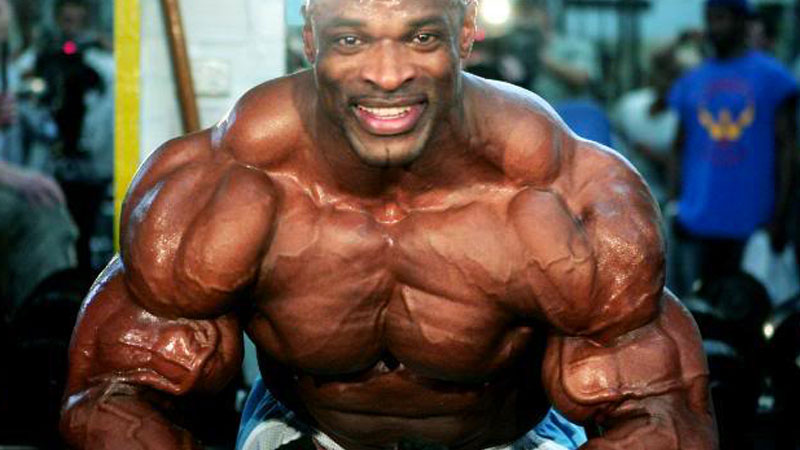
Do Steroids Increase Testosterone Levels? Testosterone vs steroids
It’s always safer to stick to what your body knows best – it’s own hormones. Focusing on optimizing your own testosterone in a safe way is a surefire way of maintaining jacked muscle and single-digit body fat.
Pumping supra-physiological amounts of synthetic testosterone into your body might seem like a good idea at the time, but with so many serious side effects it’s just not worth it.
If you’re an athlete, AAS use will get you banned.
If you’re a regular dude who wants to make gains, AAS will leave you with bitch tits, depression and a dick that won’t work.
Testosterone replacement therapy (TRT) – the myth that it’s safe
Steroid supplementation was originally designed for men with low testosterone that needed a legitimate way of avoiding the symptoms of low T.
Currently, around 2 million men are using some form of testosterone replacement therapy (TRT). It is the main type of treatment used by health professionals to treat hypogonadism.
It comes in either a patch, surgical implant, gel or injection. But either way; they all come from synthetic, lab-made hormones.
Only 1 in 10 men say they are satisfied with its effects. The other 9 say it was either a waste of time or the results were negligible.
There are also many questions about the safety of synthetic TRT.
Just like anabolic steroids, there’s a definite link between testosterone replacement therapy and cardiovascular disease. In fact, one study of over 50,000 men found that men over 65 had double the chance of heart attack when on TRT.
There’s also a 30% higher chance that you’ll suffer a stroke while on synthetic hormone replacements too. This is because TRT forces blood cell count to not only increase (which is how testosterone helps boost stamina) but also thicken – a disorder called polycythemia.
Summary Key Points – The difference between testosterone and steroids:
- Testosterone is a hormone that belongs to the steroid family. It is made by conversion of cholesterol and produced naturally by the body.
- Steroids are a family of naturally-produced hormones including glucocorticoids, estrogens and of course testosterone.
- Anabolic-androgenic steroids are synthetic drugs. One type of these is testosterone.
- There are loads of side effects from steroid use – most of them are serious too.
- TRT is a form of synthetic hormone therapy. It’s been linked to side effects such as heart attack and stroke because of changes to vascular physiology.
Our Top Rated Testosterone Boosters
The fastest and safest way to elevate your testosterone levels is to lift weights, eat healthily, sleep well and use a natural testosterone booster.
If you want to raise your hormone levels in a safe and effective way, these are the supplements to do so. Unlike synthetic testosterone, a testosterone booster should contain natural ingredients that don’t cause negative side effects.
The best supplements are created using all-natural vitamins, minerals, and compounds. They are also backed by scientific research, and totally free from proprietary blends.
To find out the best testosterone boosters on the market visit our top rated page.



